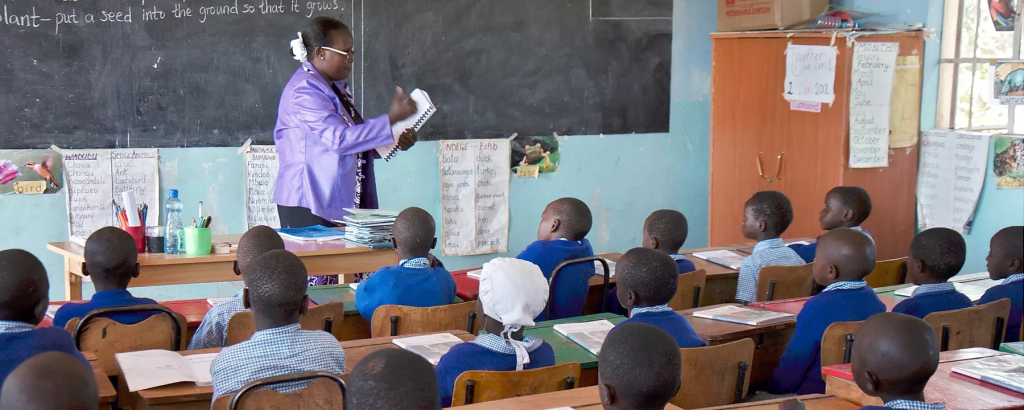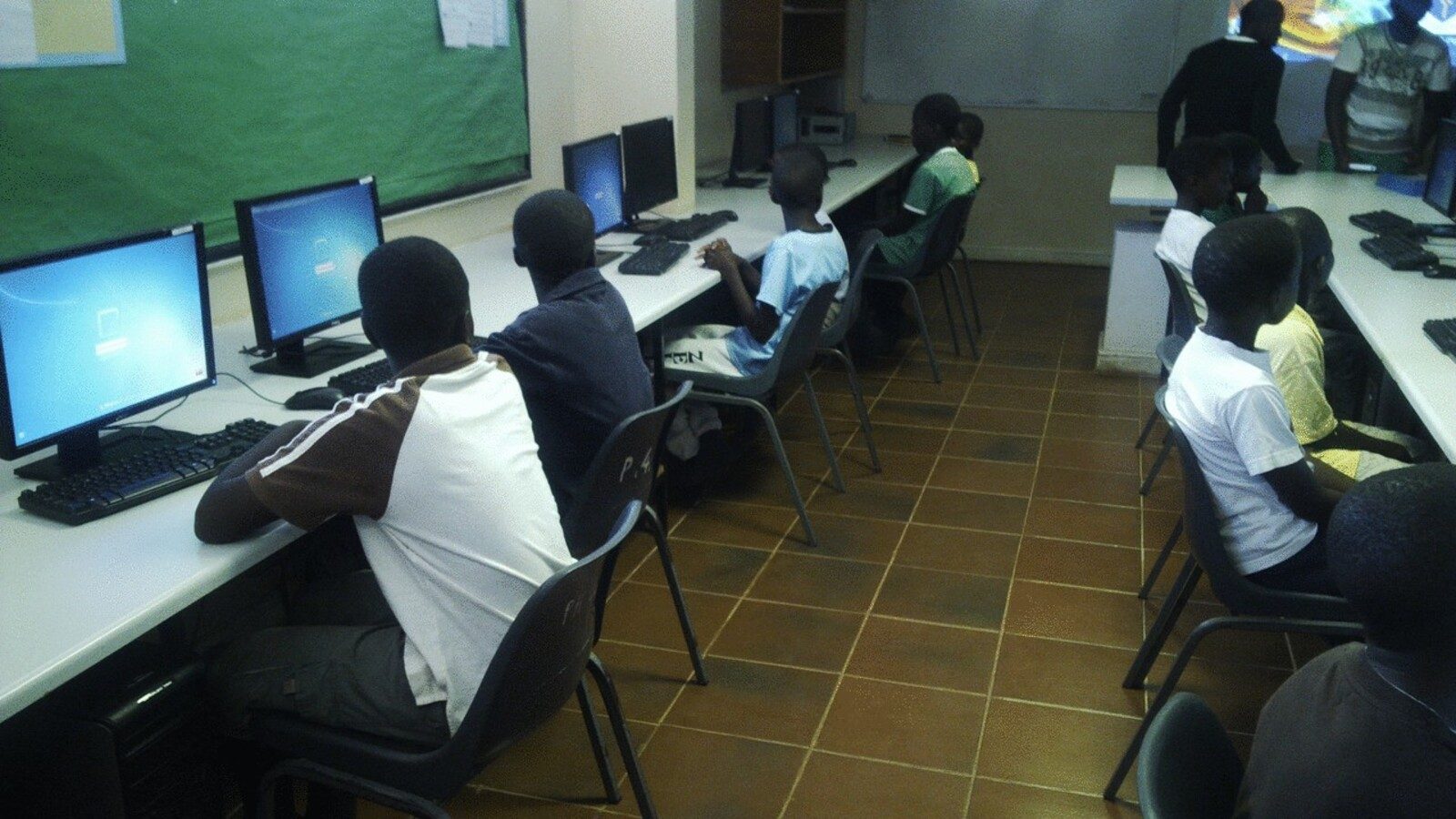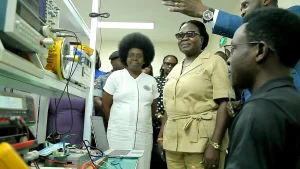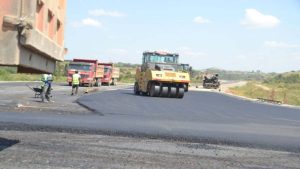Share
The leadership of the Ibanda district has created a high-tech system that will allow head teachers of all primary schools and school inspectors to gather information, evaluate students’ performance, give instructors lesson plans, and keep an eye on teacher absence.
All schools last year implemented the Primary Education Performance Assessment System (PEPAS), which was created in accordance with the district education transformation strategy.
All of the district’s head teachers have downloaded the app on their phones thus far, and it has been integrated with the education department of the district, as well as the Resident District Commissioner’s office, to facilitate simple monitoring.
The district worked with the US Mission in Uganda to design the Primary Education Performance Assessment System.

Head teachers were informed by Mauricio Hernandez, the public diplomacy associate at the US Mission in Uganda, that it is always beneficial to track and evaluate student performance in order to identify areas for improvement.
All of the district’s head teachers from both publicly funded and privately run elementary schools attended the system’s opening on June 7, 2024, at the district office.
“This is a fantastic first step in revolutionizing the school system. Without such systems, we are unable to improve. This is something that ought to be happening in the US. The fact that it is the first of its sort in Uganda is impressive,” Hernandez remarked.
According to Peter Nsimire, the district education officer for Ibanda, the system offers teachers lesson plans, factual school enrollment, and a breakdown of themes.
“All of our exams, including the mock and primary leaving exams, will have results entered right away, a report generated automatically, and notifications sent to all relevant parties, including the RDC office,” Nsimire stated.
“The system shall monitor teachers’ performance, absenteeism, and the quality of content given to pupils in classrooms,” he continued. “It shall track the learners’ performance from the time the pupil joined school.”
The chairman of Ibanda LC5, Happy Habert Mayanja, stated that the district needed to sit down and find a solution because its performance in the Primary Leaving Examinations was poor.
As a result, they developed an education transformation plan that aims to raise student performance across the board in all schools through closer monitoring of the quality of instruction provided.
Mayanja mentioned that the district has been having trouble figuring out how to figure out how many students leave school before they reach P.7.
“We will be able to track down every student who enrolls in elementary school but drops out by name, parent, and location thanks to the system. The system is helpful because it has made it possible for us to keep track of every elementary school in the district, the total number of students enrolled, the attendance of both instructors and students, and the frequency of PTA meetings held at the school, according to Mayanja.
The chief administrative officer of Ibanda, Ananias Kweyamba Ruhemba, stated that many stakeholders opposed the system, claiming it would not function.
“We had to shelve it for two years before we reintroduced it last year due to too much resistance.”
Many teachers had chosen to leave the profession, according to Kweyamba, “because they thought it would disturb them, but after thorough engagements, they realized the purpose of the system and have changed their minds.” They already have the app installed on their phones as we speak.
Different schools in the district were reporting incorrect total student enrollment, according to Kweyamba, “and every time we would submit the report to the Ministry of Education, it would be rejected.” However, we have successfully counted the number of students in the district—38,667—with the aid of this method, a figure we were previously unaware of.
Inadequate execution
Kweyamba stated that 2,712 of the district’s 3,720 students had no grade when they conducted a performance evaluation of every student enrolled in P.6 last term. In 2020, 840 students failed the PLE exam; in 2021, 442 students received no grade; in 2022, 144 students failed; and in the previous year, 120 students in the district received no grade at all.
The PEPAS system’s creator, Ronald Tushabe, of Empowering Youth in Technology, told New Vision that after conducting a needs assessment, they discovered that the district and Ibanda Municipality’s heads of education were unsure of the overall number of students and teachers in their jurisdiction.
“We discovered that even a few of the educators lack sufficient knowledge about the required standard materials that the Ministry of Education and Sports expects them to provide to their students,” he stated.
Be patient. According to Tukamusima, the head teacher at Rwomuhoro Primary School, “We have adopted PEPAS technology. Thus far, we’ve come to the conclusion that keeping records is preferable to filing school-related material. It assists us in evaluating student achievement, evaluating teachers, and providing consistent curriculum to our students.”












